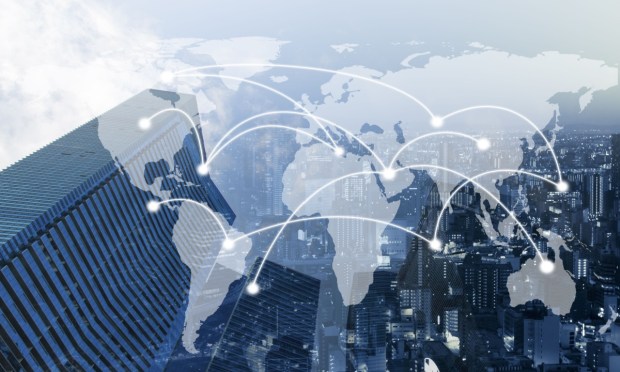Could ISO 20022’s Data-Rich Messaging Fuel AI Innovation?

The best, and most lasting innovations, are those that beget other innovations.
That’s because innovation rarely happens in isolation. The strongest pushes of forward progress frequently build upon existing knowledge, technology or infrastructure. Each new innovation becomes a link to subsequent ones, forming a continuous chain of progress.
And as the March 2025 adoption deadline for the ISO 20022 message format nears for Federal Reserve Banks, financial institutions and payment processors alike are looking to get ahead of transition in order to be among the first to capture the data-rich benefits of the international standard for financial messaging developed by the International Organization for Standardization (ISO) to create a common global language for financial communications.
After all, in order to extract and realize the true benefits of ISO 20022, it needs to be implemented end-to-end.
And with most payment rails and global market infrastructures moving to ISO 20022 messaging standards in the near future, the integration of ISO 20022’s rich data capabilities with existing innovations like machine learning (ML) and artificial intelligence (AI) promises to not just streamline payments but also provide a whole host of other benefits resulting in enhanced operational efficiency.
That’s because ISO 20022’s standardized data format ensures consistency and completeness in payment messages. When combined with ML and AI algorithms, this data uniformity enables automatic data validation, cleansing and enrichment, leading to higher data quality and accuracy. This reduces errors and exceptions, streamlining payment processes — promising a leap forward in driving efficiency and innovation across both financial services and payments.
See also: The Cost of Legacy Payments in Light of Innovation’s ROI
Convergence of Data and Technical Innovation
The integration of ISO 20022 and advanced algorithms is not just a technological upgrade but an evolution in financial transactions.
The first-glance benefits that integration of ISO 20022’s data capabilities with ML and AI can provide include enhanced data quality, fraud detection, cash flow management, customer experiences, regulatory compliance, decision-making, business insights, interoperability and scalability.
It’s quite the laundry list of opportunities, and they fit like a glove when paired with many of the bottlenecks and frictions that frustrate the payments landscape.
By analyzing vast amounts of transactional data, ML algorithms can detect inefficiencies, predict payment flows, and mitigate risks. By analyzing transaction data formatted according to ISO 20022 standards, these technologies can identify suspicious activities, detect fraudulent transactions in real-time, and adapt their detection capabilities based on evolving fraud patterns.
See also: Interoperability and Transparency Are Key Challenges as Cross-Border Payments Modernize
Compliance with regulatory requirements such as anti-money laundering (AML) and know your customer (KYC) mandates is also a critical aspect of payment processing, and one where ML and AI can automate compliance processes by analyzing transaction data.
The standardization of ISO 20022 messaging will make it much easier and more effective for banks and other financial institutions to identify suspicious patterns and ensure adherence to regulatory guidelines, reducing the risk of fines and penalties.
ML and AI models fed ISO 20022 data can also help enable real-time decision-making in payment processing. Whether it’s approving transactions, routing payments through the most cost-effective channels, or adjusting risk parameters, these technologies empower organizations to make timely and data-driven decisions.
Read more: ISO 20022 Migration Faces Fragmentation, Deadline Pressures as Rollout Accelerates
Overcoming Institutional Inertia
The benefits of migrating to ISO 20022 are particularly acute within both cross-border and business-to-business (B2B) payments — both of which represent a staggering volume of global transactions.
Many businesses use enterprise resource planning (ERP) systems to manage their finances and operations, and ISO 20022’s structured data format aligns well with ERP systems, making it easier to integrate B2B payment data directly into existing accounting and reconciliation processes.
Still, some financial institutions have found themselves struggling with the migration due to resource and time pressures.
“We’ve been talking about the need for banks to upgrade and update their legacy systems for a long time,” Serena Smith, chief client officer at i2c, told PYMNTS. “At some point,” she said, banks “are going to have to address the inability of their back-end systems not being able to manage in real time.”
As PYMNTS has written, the maximum efficiencies of data and messaging standardization can only be realized when everyone’s on board. And that onboarding is a process whose maturity is nearly as full of friction as today’s existing payment workflows.

